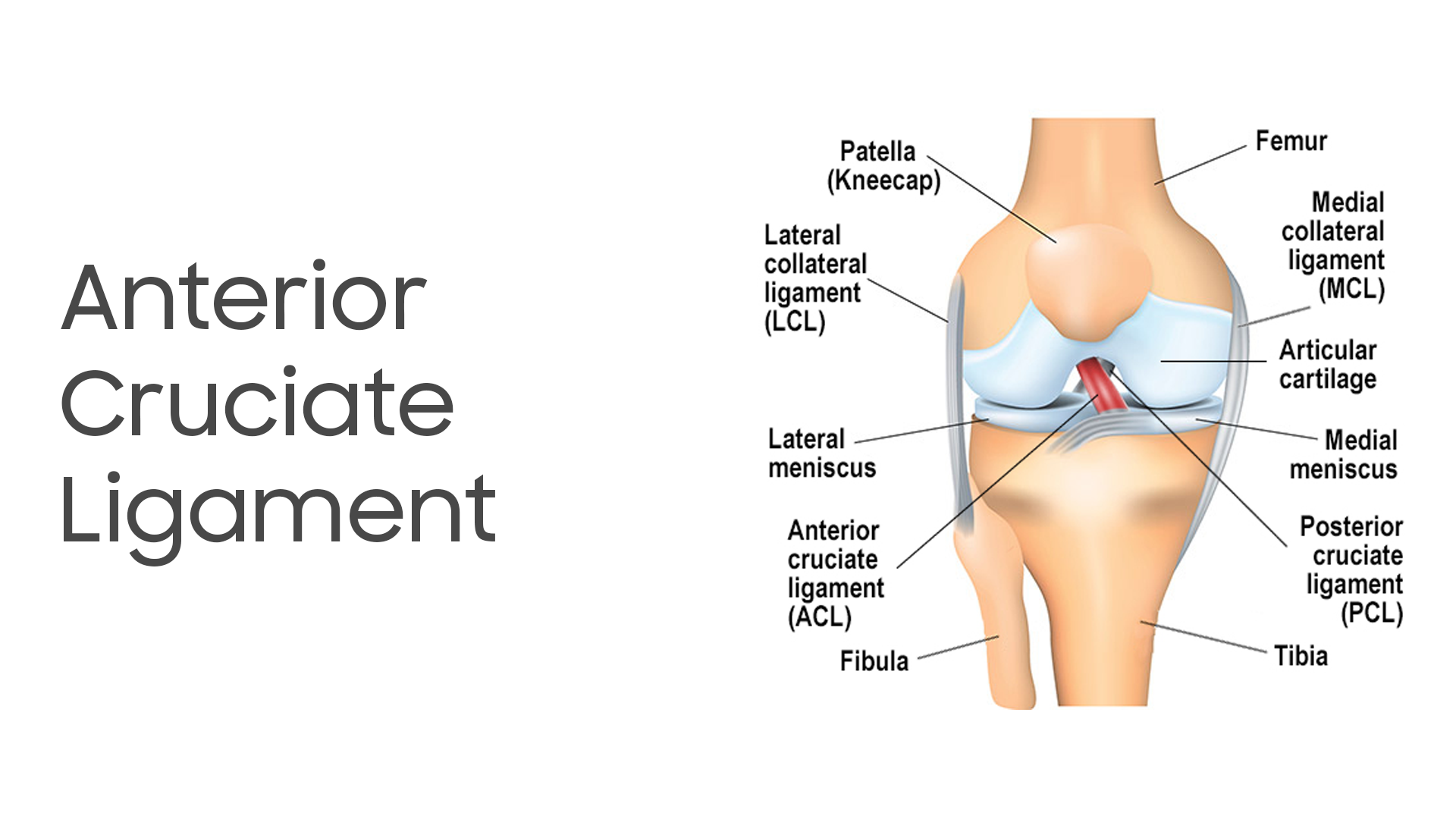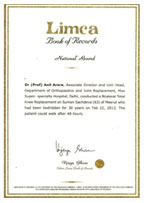
Understanding the Anterior Cruciate Ligament: Anatomy and Function
The human body is a marvel of biological engineering, with joints and ligaments working in perfect harmony to allow movement and stability. One of the most crucial ligaments in the knee joint is the Anterior Cruciate Ligament (ACL). Often talked about in sports injuries and orthopedic clinics, the ACL plays an essential role in maintaining the knee's stability. But what exactly is the ACL, and why is it so important? Let’s delve into the anatomy, function, and significance of the ACL in everyday life.
What is the Anterior Cruciate Ligament?
The ACL is one of the four main ligaments in the knee joint. It is a strong, rope-like structure located in the center of the knee, connecting the femur (thighbone) to the tibia (shinbone). It gets its name from its position — "anterior" meaning front, and "cruciate" meaning cross-shaped, as it forms a crisscross pattern with the Posterior Cruciate Ligament (PCL).
The ACL isn’t very large — it’s about the size of your little finger. However, its strength and position make it a critical component of the knee's mechanics. Without it, simple movements like walking, running, or jumping would become highly unstable.
The Anatomy of the ACL
Understanding the anatomy of the ACL helps to appreciate its role in knee function.
1. Structure:
The ACL is composed of dense collagen fibers that make it tough and resilient. These fibers are bundled into two primary groups:
- The anteromedial bundle (responsible for controlling forward movement of the tibia).
- The posterolateral bundle (helps control rotational movement of the knee).
These bundles work together to stabilize the knee during a variety of movements.
2. Location:
The ACL originates from the femur's medial surface and inserts into the tibia's anterior intercondylar area. Its diagonal orientation allows it to counteract forces that could cause the knee to buckle or twist abnormally.
3. Blood Supply and Innervation:
The ACL has a limited blood supply, primarily from the middle genicular artery. This restricted blood flow is one reason why ACL injuries take a long time to heal naturally. The ligament is also rich in nerve endings, giving it a role in proprioception (the body's sense of joint position and movement).
Function of the ACL
The ACL is often described as the “stabilizer” of the knee joint, and for good reason. Its primary functions include:
- Preventing Forward Movement of the Tibia:
The ACL keeps the tibia from sliding too far forward relative to the femur. This is especially important during activities like running or jumping, where forces on the knee are high.
- Controlling Rotational Movement:
Rotational stability is critical for movements that involve turning or pivoting. The ACL prevents excessive rotation that could lead to knee dislocation or damage to other surrounding structures.
- Maintaining Proprioception:
The ACL’s sensory receptors provide feedback to the brain about the knee’s position, helping maintain balance and coordination during movement.
- Supporting Athletic Movements:
Whether you're kicking a ball, skiing down a slope, or changing direction quickly in a game, the ACL ensures your knee remains stable and responsive.
What Happens When the ACL is Injured?
The ACL is a common site of injury, especially in sports like soccer, basketball, and skiing that involve sudden stops, jumps, and changes in direction. An ACL tear can range from a mild sprain to a complete rupture.
Symptoms of ACL Injury:
A popping sound at the time of injury.
Immediate pain and swelling in the knee.
Instability or a feeling that the knee might "give way."
Difficulty bearing weight on the affected leg.
Causes of ACL Injuries:
Sudden stops or pivots.
Direct impact to the knee.
Landing awkwardly from a jump.
Hyperextension of the knee joint.
Diagnosis and Treatment:
ACL injuries are usually diagnosed through a combination of physical examination, MRI, and X-rays. Treatment depends on the severity of the injury and the patient’s activity level.
Non-Surgical Treatment: For minor sprains or tears, physical therapy and bracing may be sufficient to restore function.
Surgical Treatment: Complete tears often require reconstruction surgery, where the torn ligament is replaced with a graft from another tendon or a synthetic material.
Why is the ACL So Important?
To truly understand the ACL’s importance, imagine a house without a foundation. The knee joint, one of the most complex and highly loaded joints in the body, relies on the ACL for structural stability. Without it, activities as basic as climbing stairs or standing up from a chair would become precarious.
For athletes, an intact ACL is critical for peak performance. Even a minor injury can affect their ability to compete, making the ligament a focal point in sports medicine.
How to Protect and Strengthen the ACL
Preventing ACL injuries is crucial, especially for athletes or individuals with active lifestyles. Here are some tips:
- Warm-Up Before Exercise:
A proper warm-up prepares the muscles and ligaments for activity, reducing the risk of strain.
- Strengthen Supporting Muscles:
Exercises that target the quadriceps, hamstrings, and calves can provide extra support to the knee joint.
- Practice Proper Techniques:
Learning how to land correctly from a jump or pivot safely during sports can significantly lower injury risk.
- Use Protective Gear:
Braces or knee pads can add an extra layer of protection during high-risk activities.
- Maintain Flexibility:
Stretching exercises improve flexibility, ensuring ligaments and muscles can handle sudden movements without tearing.
Conclusion
The Anterior Cruciate Ligament may be small, but its role in knee stability and movement is immense. It serves as a key player in allowing us to walk, run, and perform countless activities we often take for granted.
Whether you’re an athlete striving for peak performance or an individual looking to maintain an active lifestyle, understanding and protecting your ACL is vital. Regular exercise, proper techniques, and awareness can go a long way in keeping this critical ligament healthy and functional.
The next time you step onto a field or climb a set of stairs, take a moment to appreciate the intricate machinery of your knee and the invaluable role of the ACL in making it all possible.




